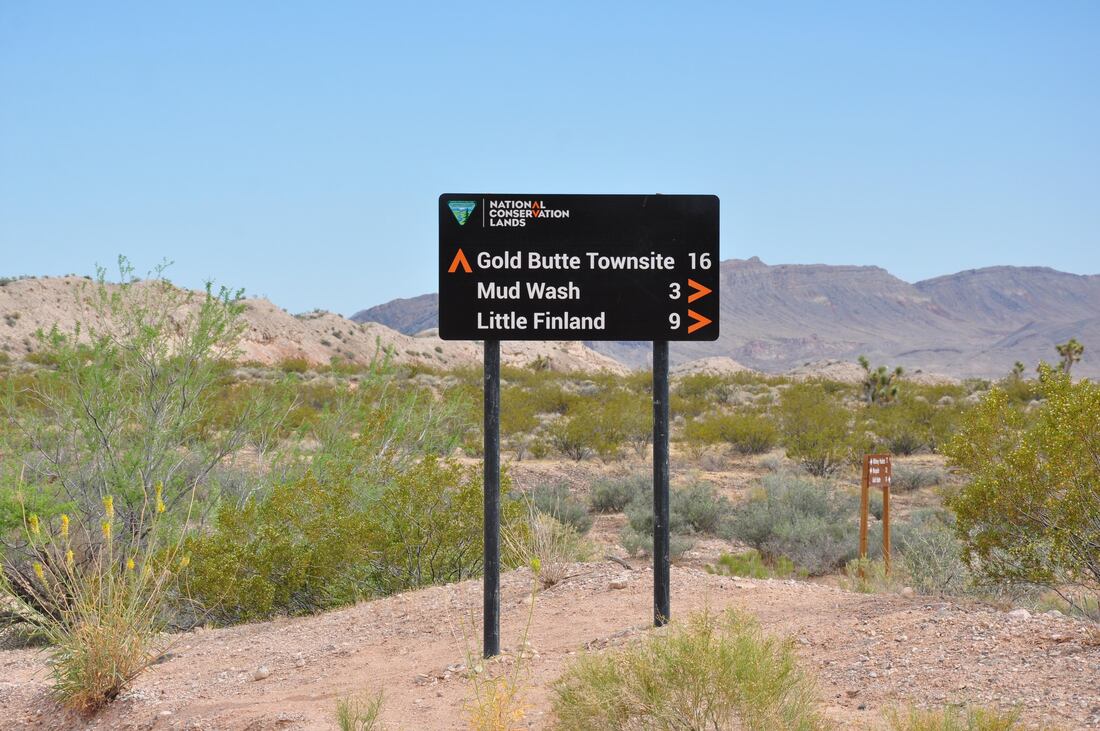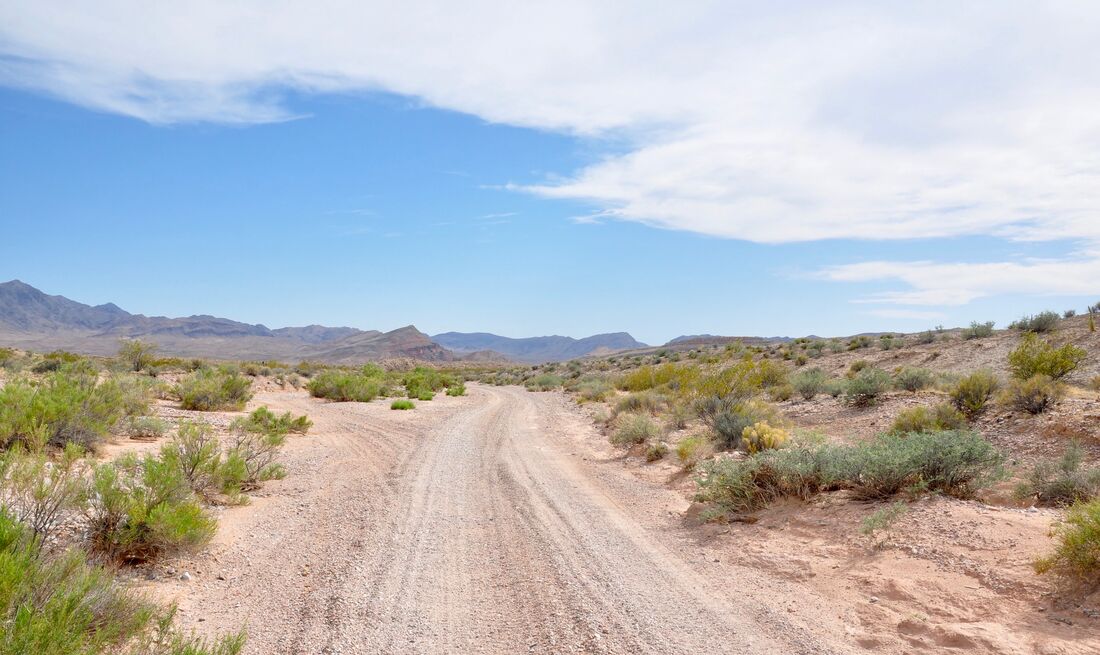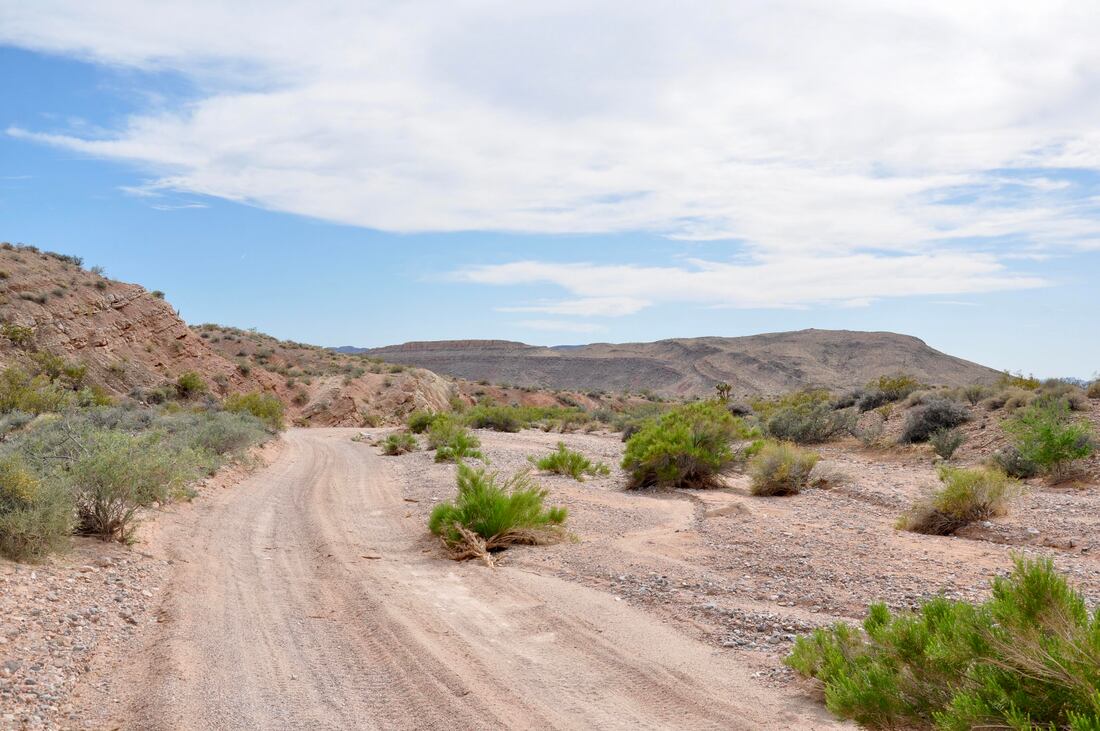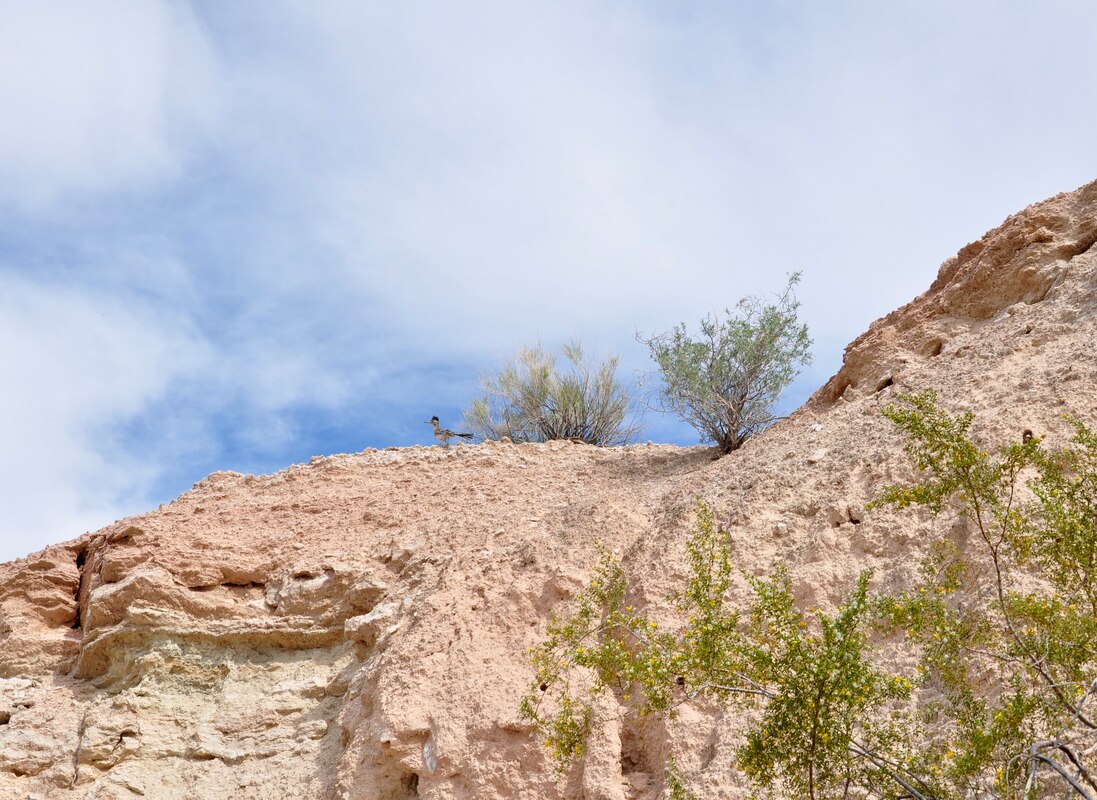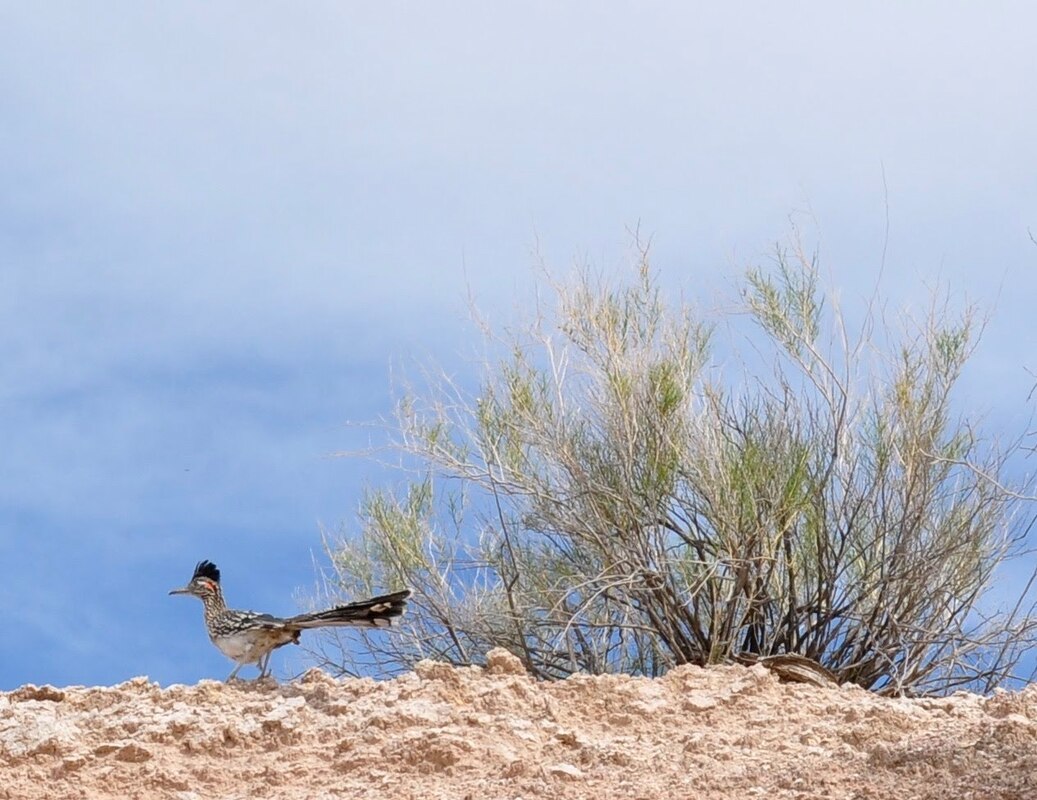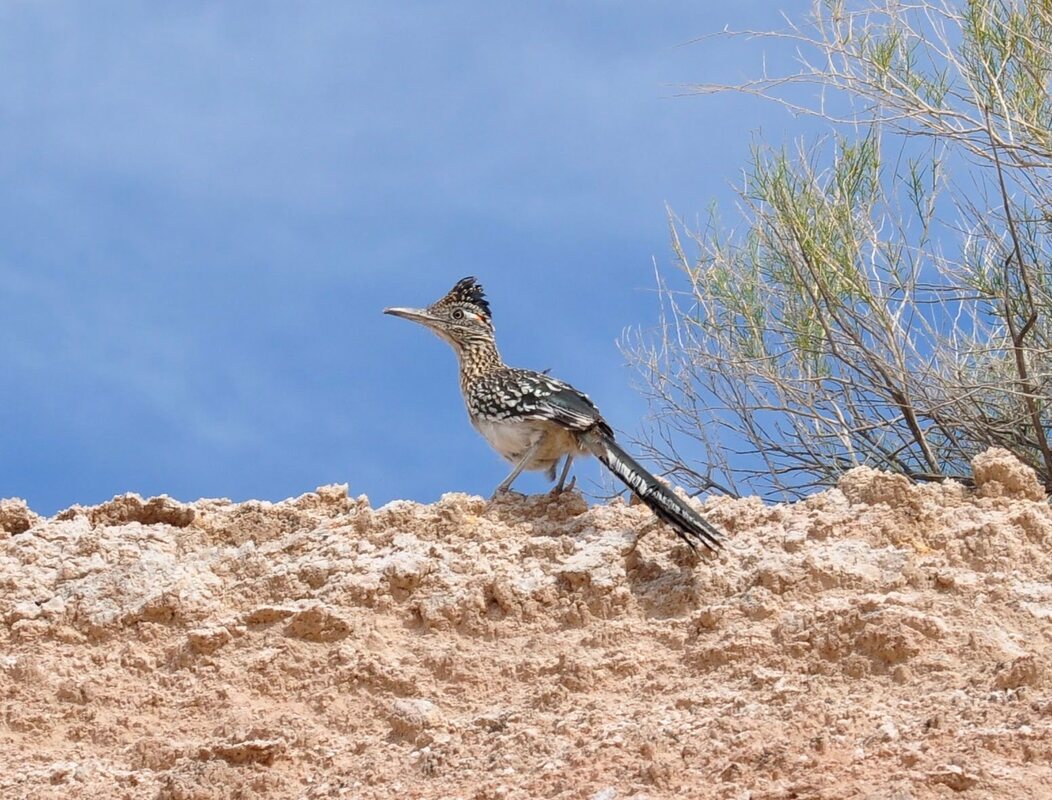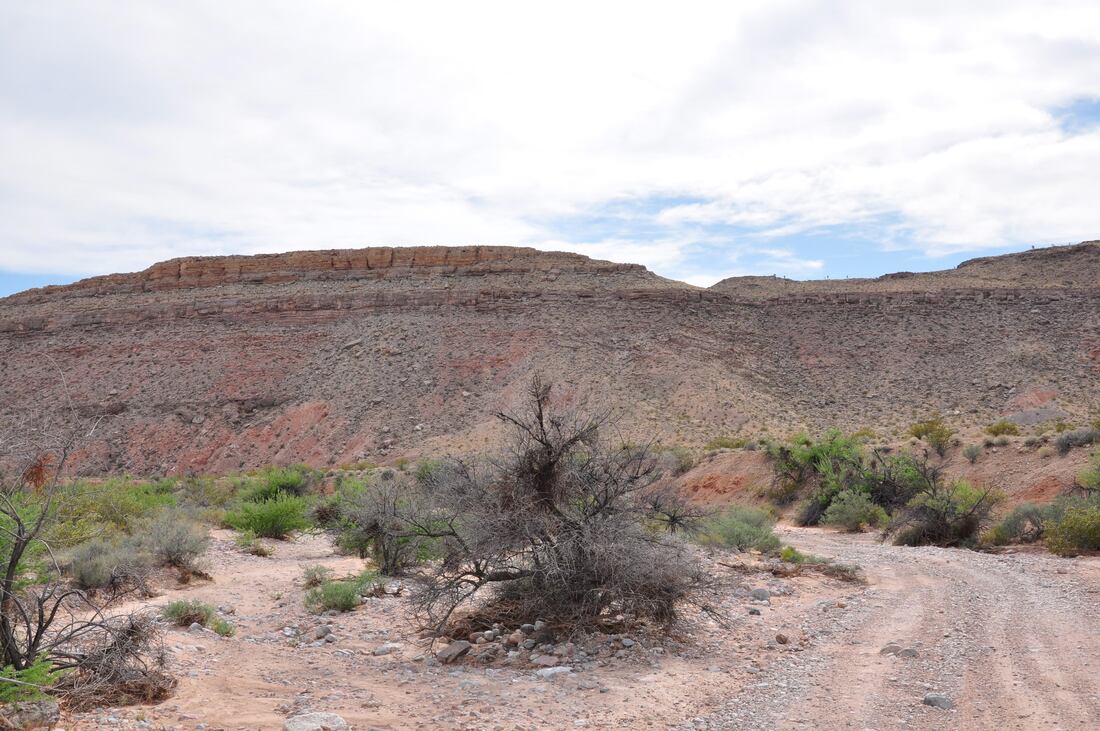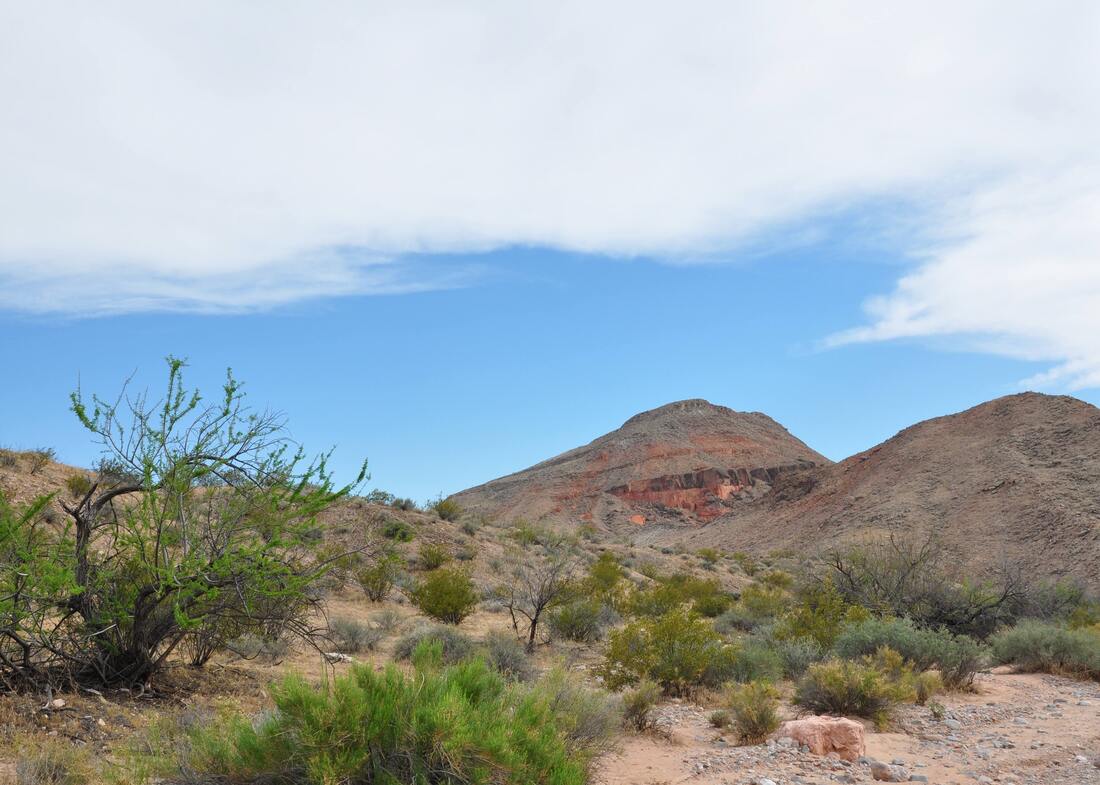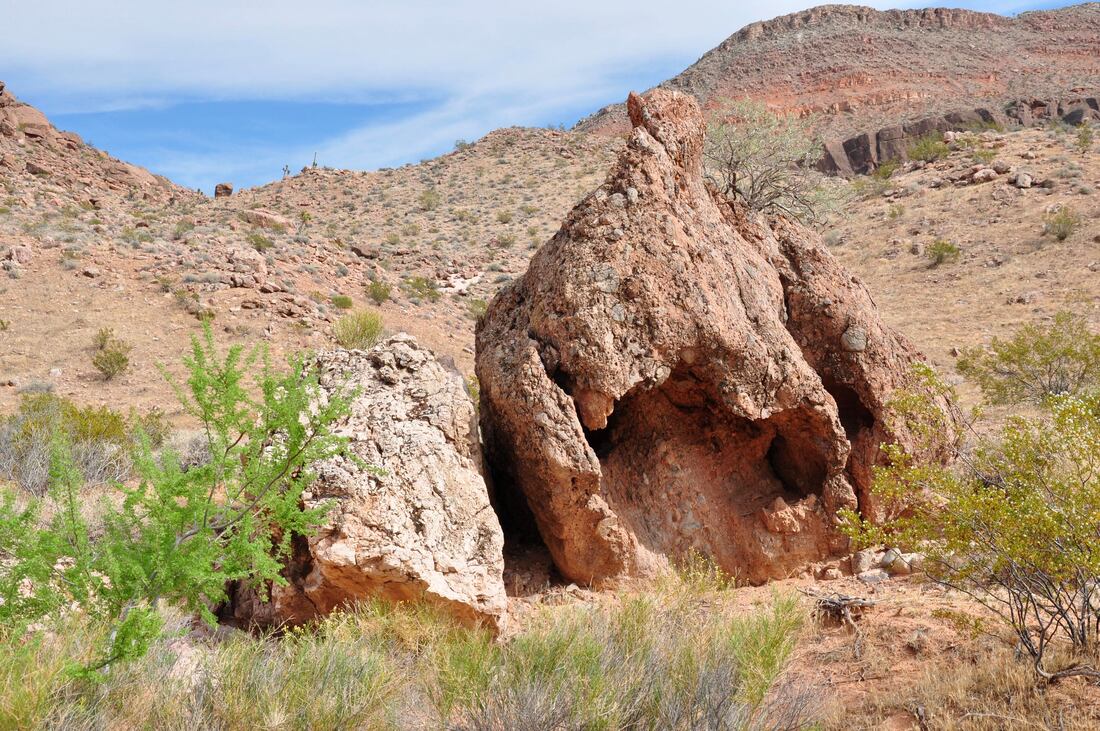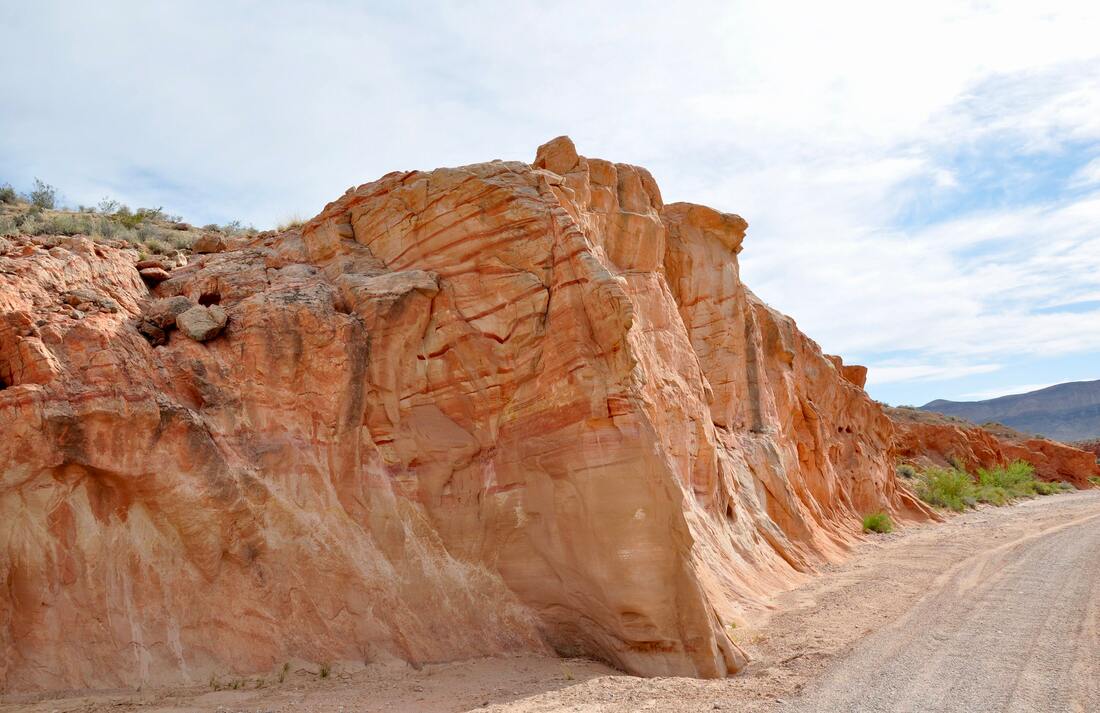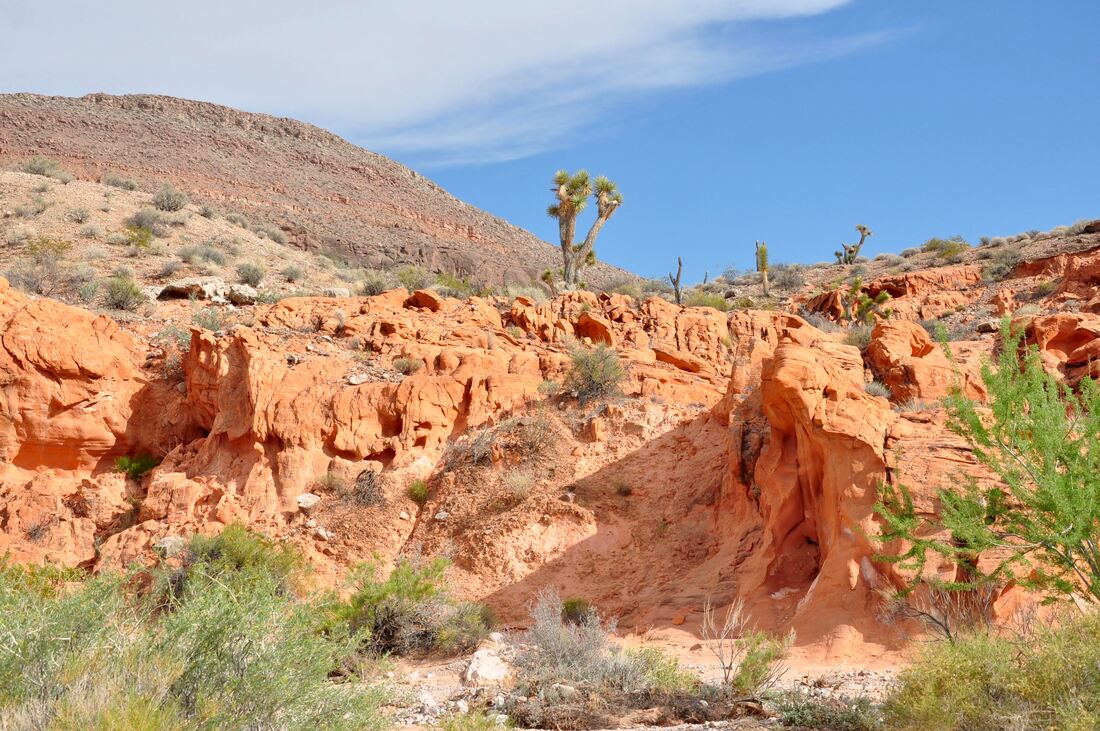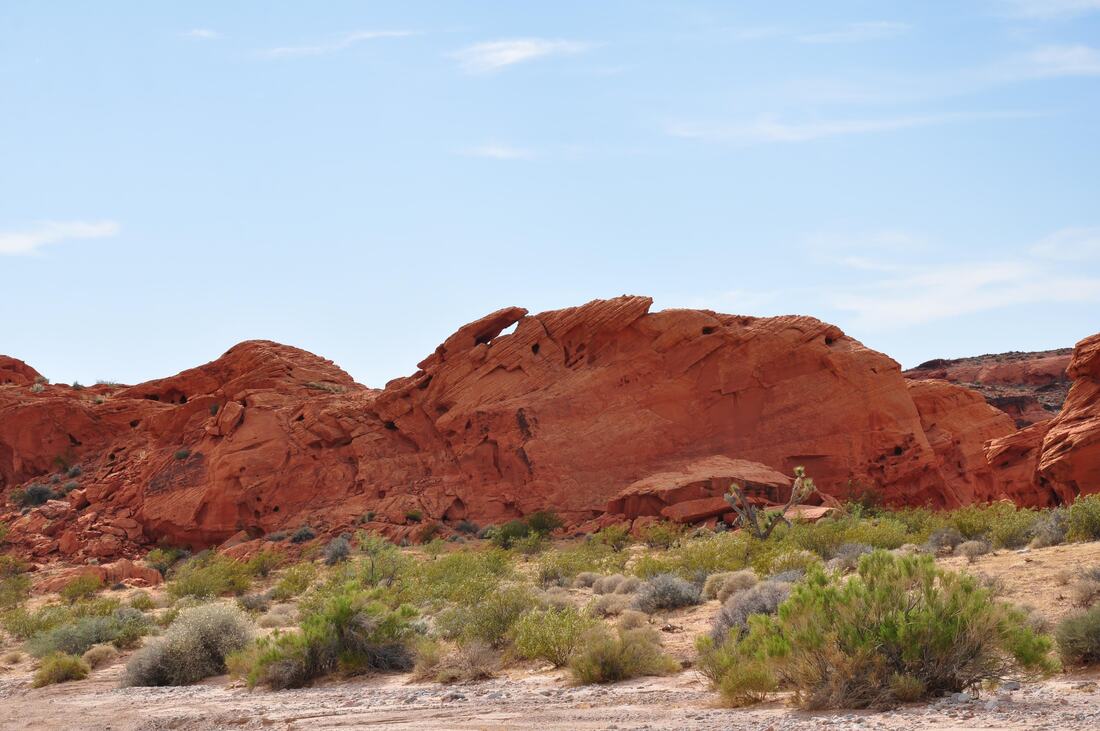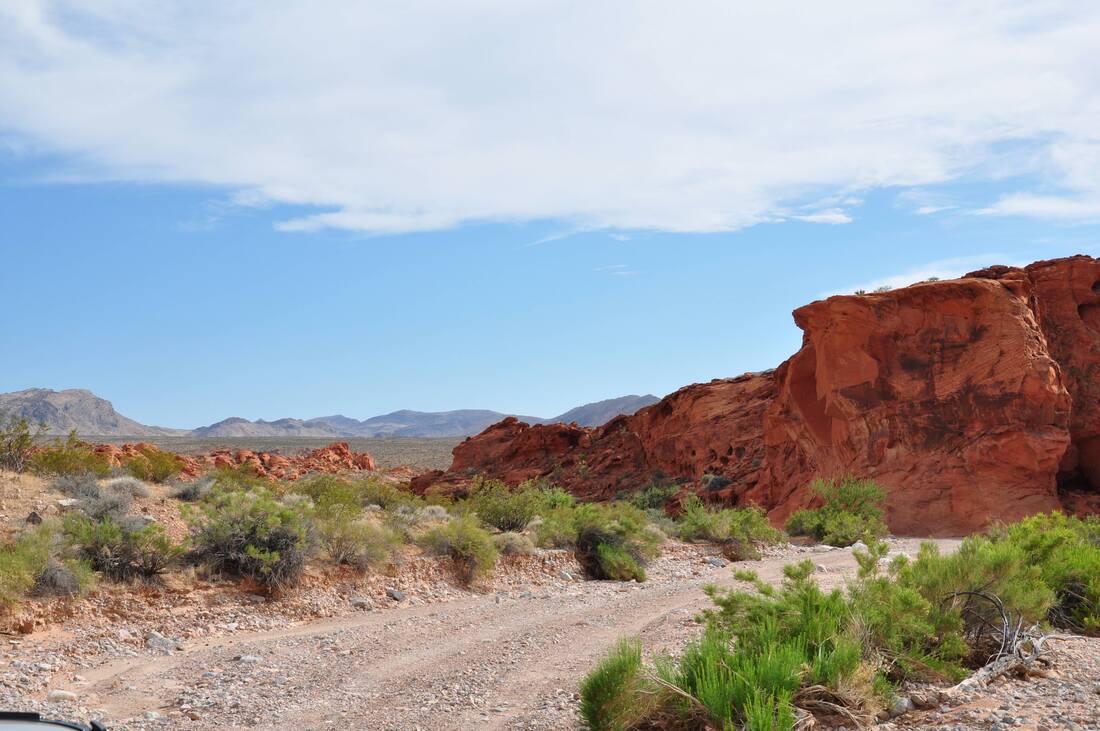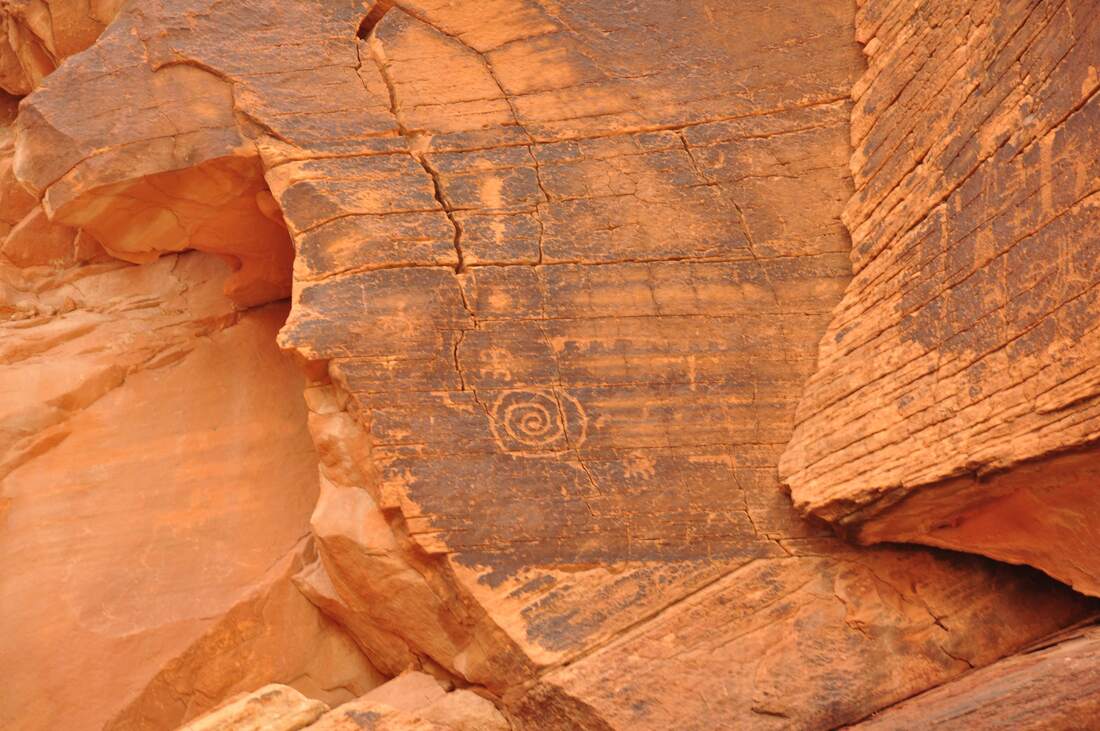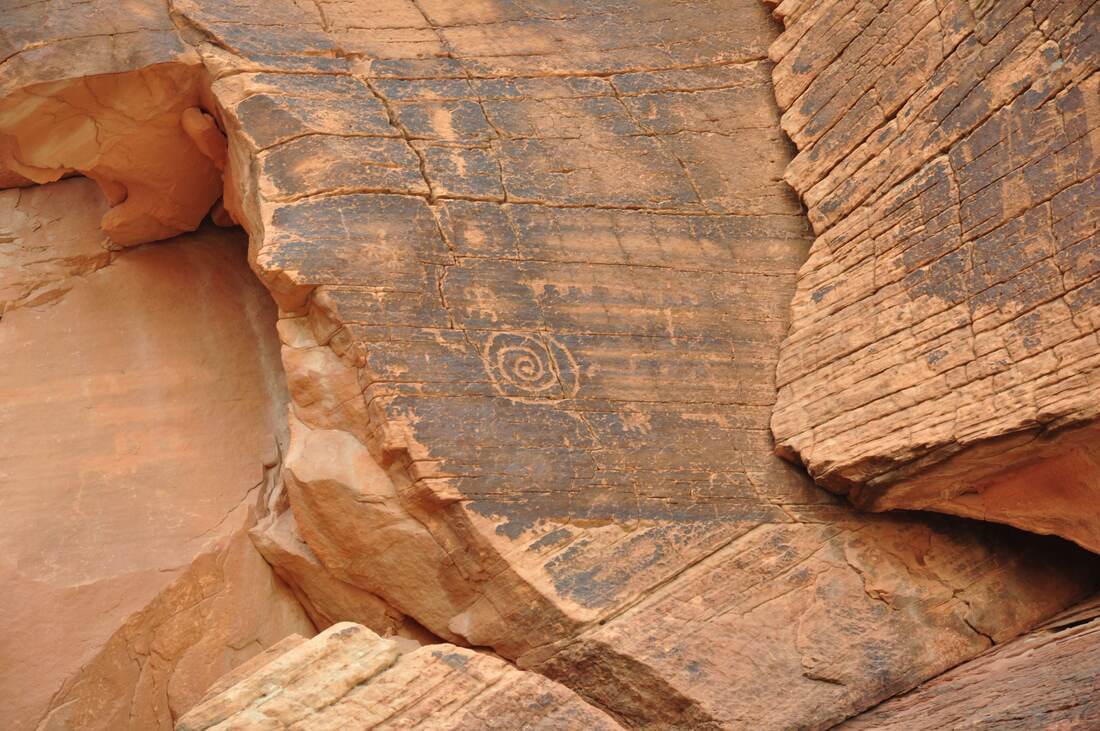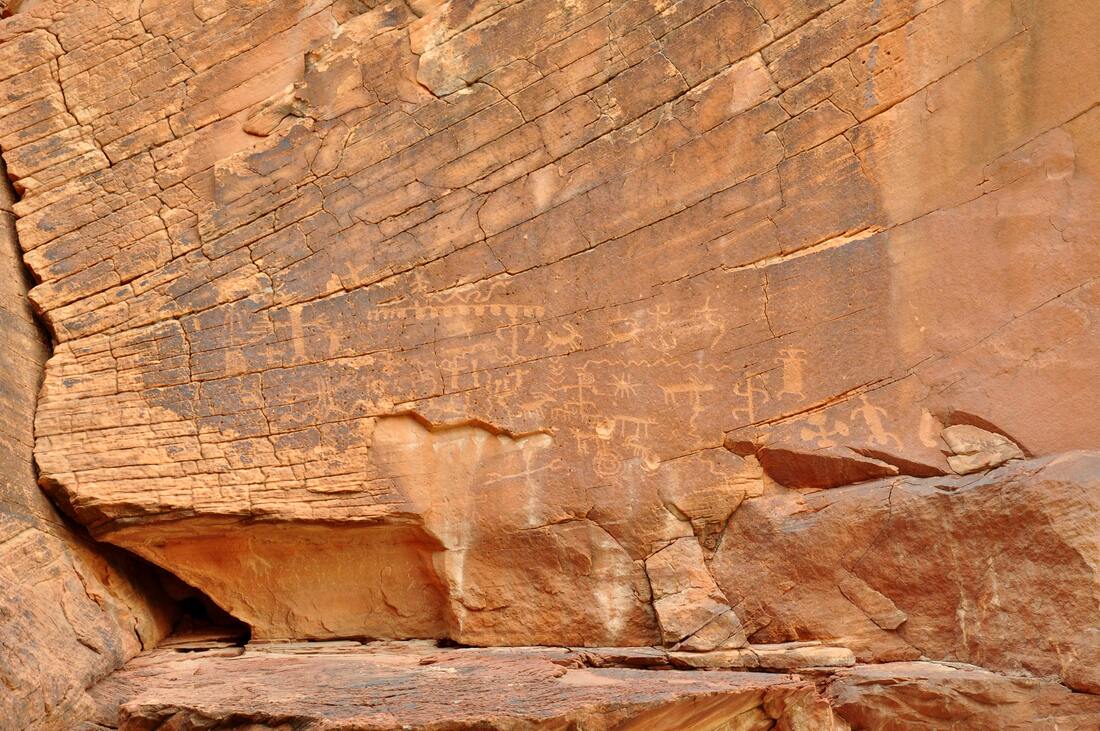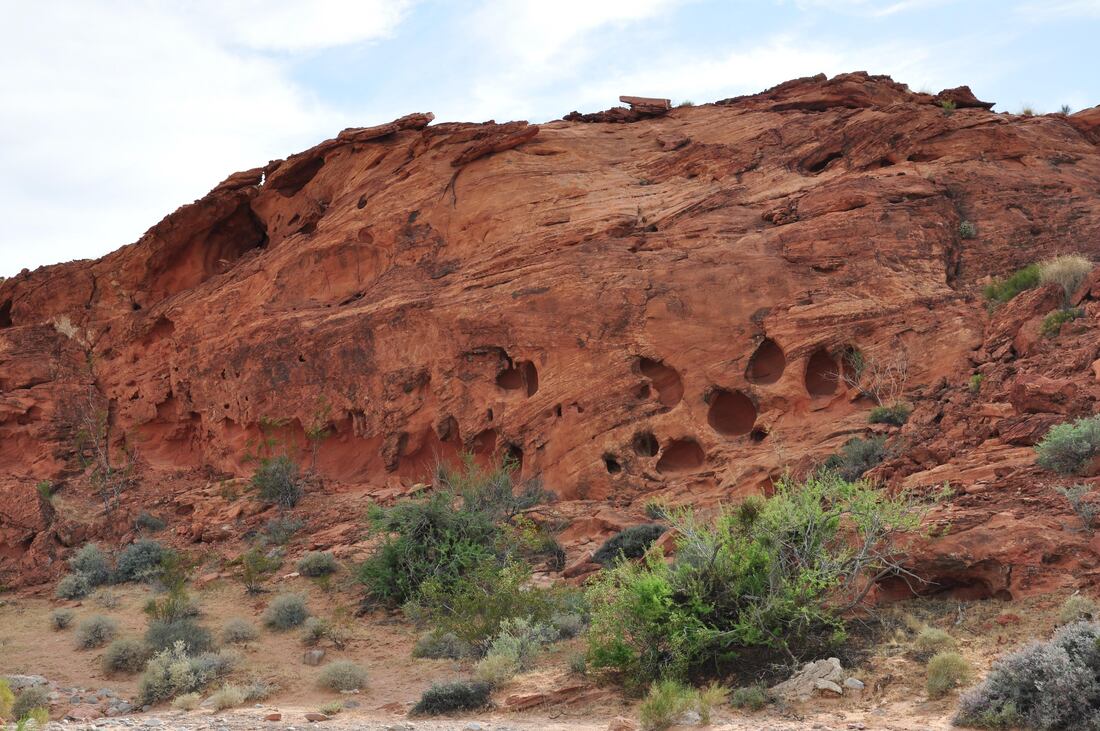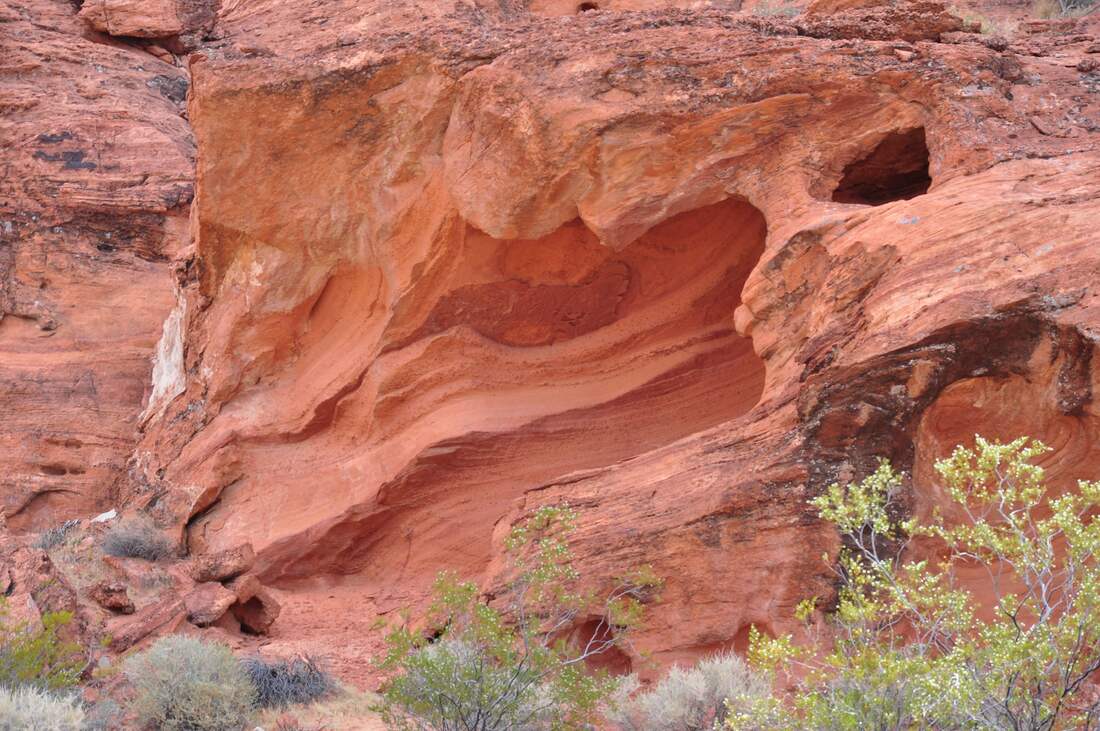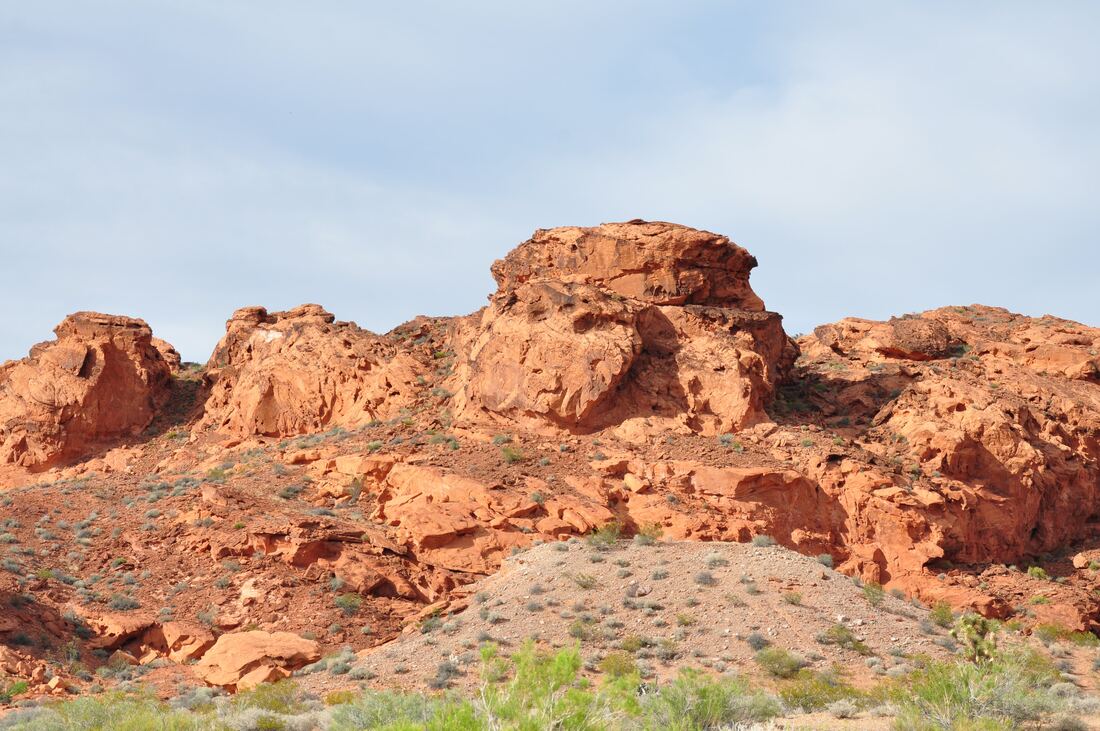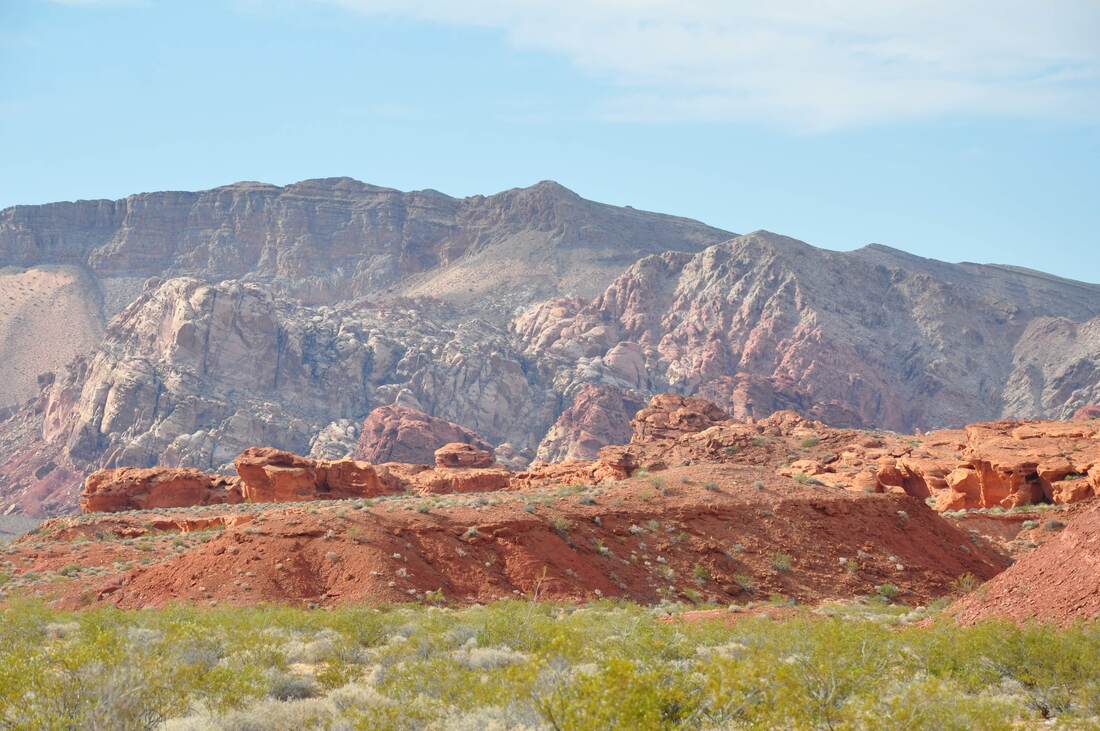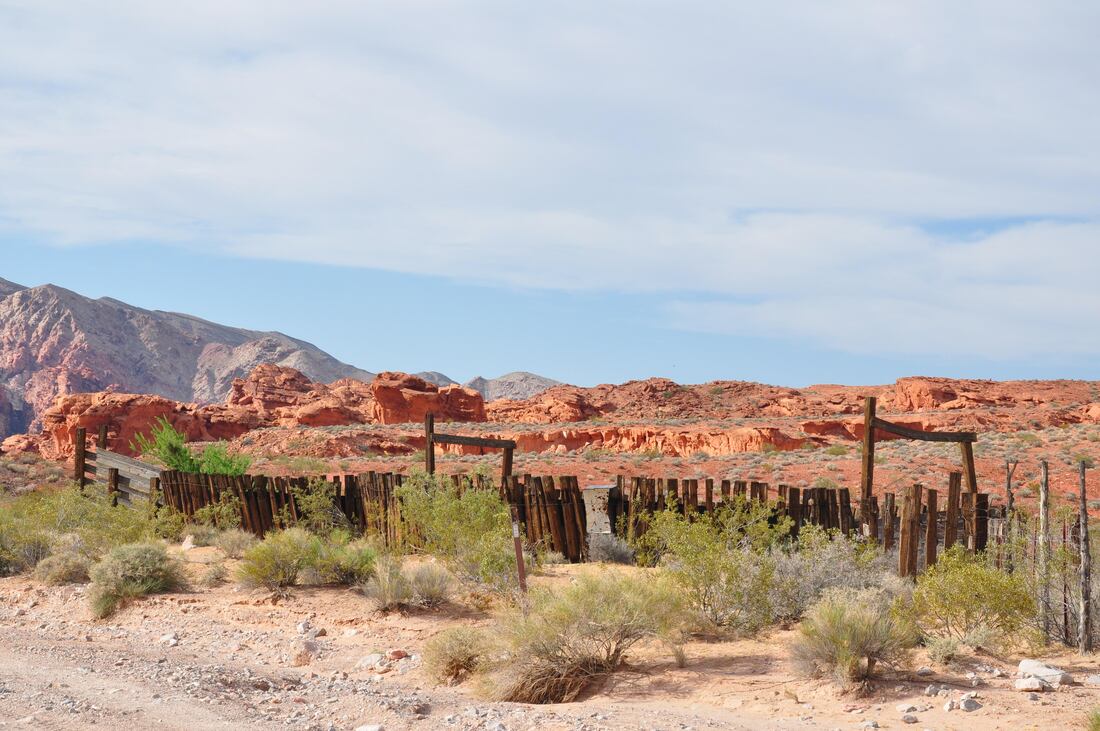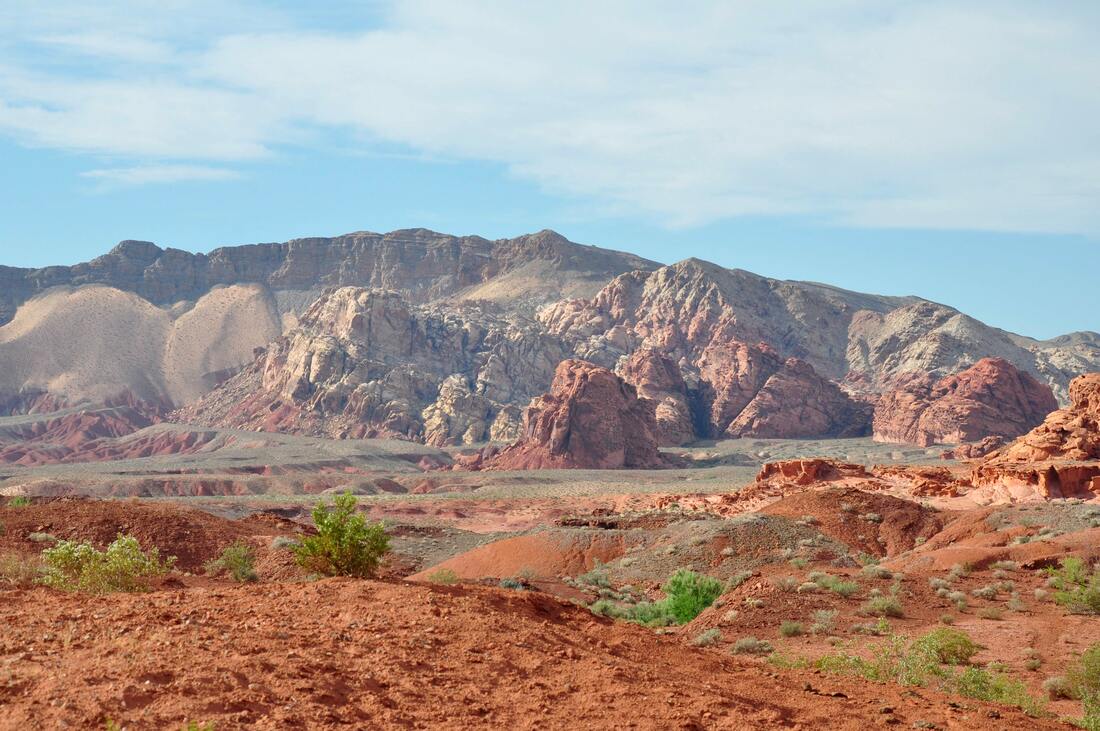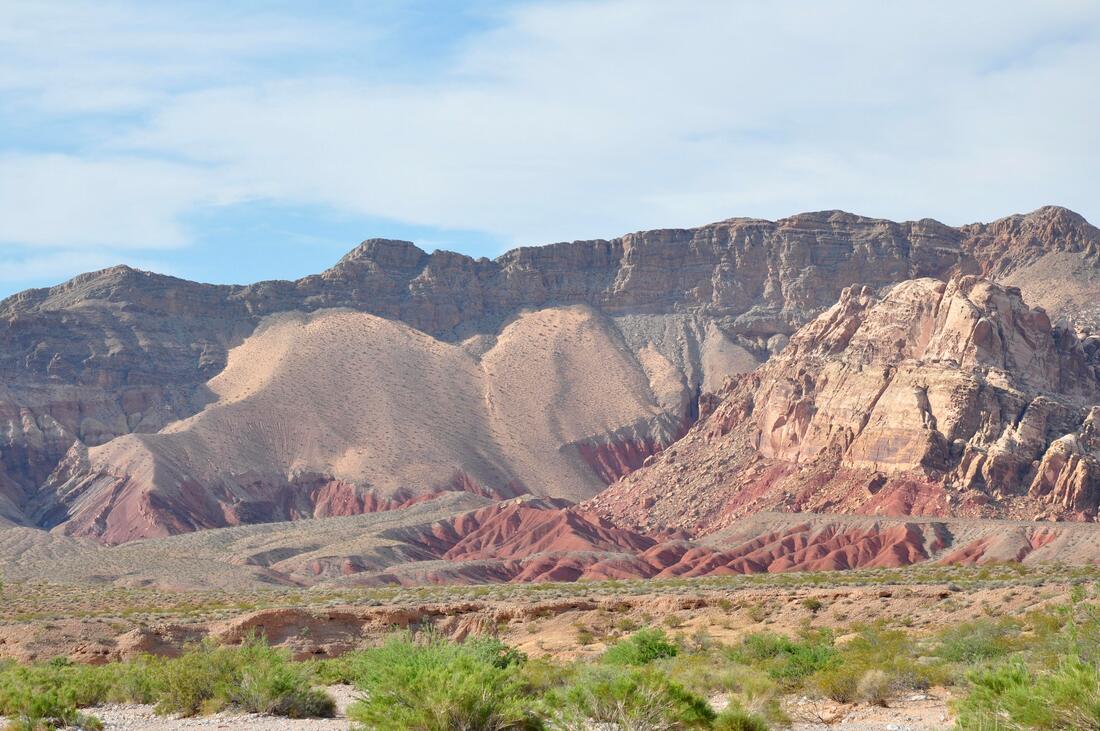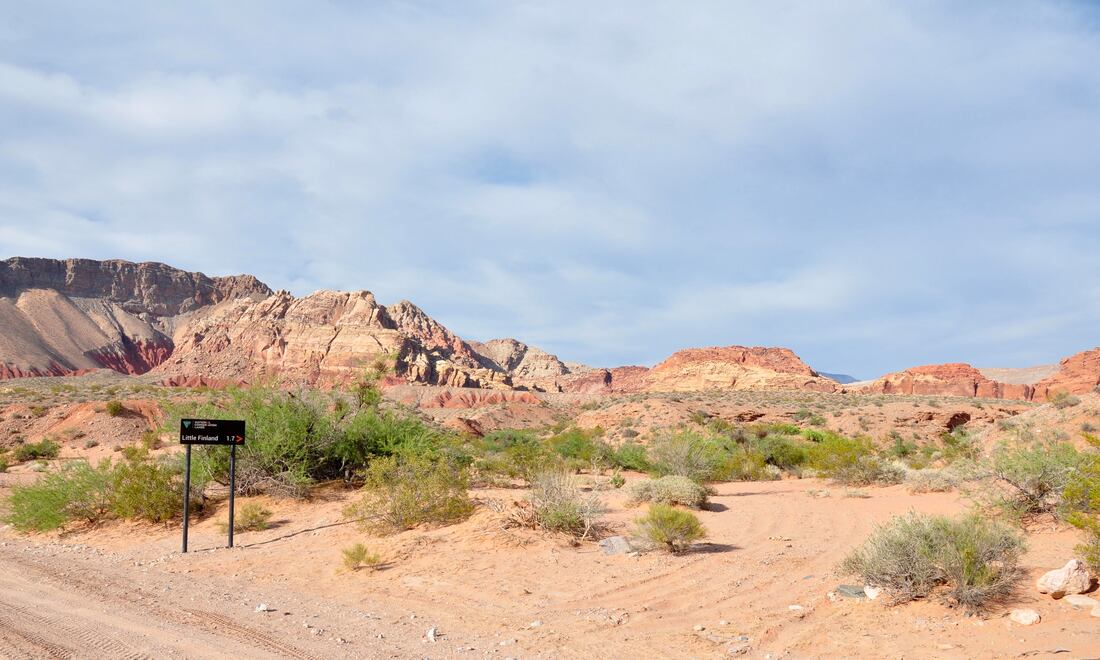|
Touring the long dirt roads of the west truly is the means for getting away from it all. There are no traffic jams and a visitor can be completely on their own in a remote natural setting that few others lay eyes upon. Rarely is there an entrance fee at the remote destinations and most of the primitive campsites are free of charge too. There are no park rangers looking over your every move, so visitor responsibilities fall under the “leave no trace” rule. For many people, exploring back country destinations is a far better choice than being funneled into the human zoo environment at an overburdened National Park. Driving down a long dirt road to a majestic peaceful place that is quiet enough to hear a pin drop is the best way to go! The Back Country Byways out west are usually long dirt roads, there are a few things to keep in mind. First of all, vehicle reliability is a prime concern. The dirt road trail conditions can vary greatly, especially after foul weather.There are a few websites that publish Jeep trail difficulty ratings, so all it takes is doing some research ahead of time to prevent getting in too deep. Choosing a vehicle that can get the job done is a prerequisite for any trip into the back country. There are well maintained back country dirt roads that are smooth enough for an ordinary passenger car to travel on and there are other dirt roads that are so rough that only a 4×4 can get through, so it pays to do some road condition research ahead of time when planning an off-highway travel venture. Vehicle fuel mileage also becomes an issue, because some of the dirt roads can be well over 75 miles long, so carrying extra cans of gas may be necessary. Hauling one or two extra spare tires, plus a flat tire repair kit and a pump is a necessity too. Other things to consider when planning a Back Country Byway venture have to do with preparedness, navigation and survival skills. In the back country, there are no communication options and there is very little chance of a timely rescue. Being prepared is essential and maintaining cool headed survival skills may come into play if worse comes to worse. Packing enough food and water for the trip, plus enough for an unexpected event is necessary. When exploring a remote wilderness location, it may be days or weeks before any other vehicle rolls down the same trail, so an unexpected breakdown can result in a very long hike back to civilization. Navigation can be a problem too, because smart phone data services are useless and not every GPS system integrates unpaved roads. A 24k Topographic GPS Map will show most of the remote dirt roads and trail, however, there actually are places out west where there is no GPS signal to be found. For this reason, always pack a detailed paper map for the trip! The Gold Butte National Back Country Byway in Gold Butte National Monument are a good place to do a long dirt road travel venture. Visiting Gold Butte is best during the winter and spring seasons, because summer temperatures can easily exceed 115ºF in this region. The higher the outdoor temperature, the lower the reliability of a vehicle and the more water that will be consumed, so visiting this remote wilderness area while the weather is cool does make sense. A previous article about the National Back Country Byway To Gold Butte Ghost Town refers to how nearly every other dirt road in this region intersects with the Gold Butte Byway, including the two different access points for the Mud Wash Jeep Trail. The Mud Wash Jeep Trail access point that is closest to Whitney Pockets is featured in this article. From Whitney Pockets in Gold Butte National Monument, it is only a three mile trek on the Back Country Byway to the main Mud Wash Trail access point. The first section of the Mud Wash Trail looks smooth enough for a passenger car, but initial impressions can be deceptive! Only a high ground clearance vehicle should attempt this dirt trail. The Mud Wash Trail does get fairly rough a little ways downhill and there are a few loose sand patches, so 4×4 vehicles will have the advantage, but a skilled driver in a 2 wheel drive pickup truck will have no problem. As the name suggests, the Mud Wash is a silty rubble filled desert mountain dry wash ravine, so a recent rain storm can dramatically affect the dirt road conditions. Flash floods can be a great concern too. The ancient ocean bottom soil can turn into impassible deep mud when it rains, so it pays to take note of weather reports ahead of time. If the Mud Wash is wet and muddy or if rain is in the forecast, it might be best to save the trip for another day. On a side note, when considering that it is about 30 miles to the nearest gas station in Mesquite, plus the nine mile Mud Wash Trail, a round trip will be over 82 miles. Most of the driving will be over rough dirt roads, so this is an all day venture. On the plus side, the Mud Wash Jeep Trail is one of the most popular scenic dirt road drives in Gold Butte, so on any given day there will be one or two other vehicles doing the same trek. This may be comforting to those who dread the thought of getting stuck way out in the middle of nowhere on their own. The Mud Wash Jeep Trail runs downhill toward the Lake Mead National Recreation Area through one of the most amazing dry wash canyons in the Gold Butte region. The Mud Wash Jeep Trail actually goes nine miles to a famous scenic spot that has always been called "The Goblins" by the local folk, which for some bureaucratic reason is now called Little Finland. It is amazing to see how the landscape changes when driving through the Mud Wash. The serene sage brush and cactus desert landscape becomes more harsh as this dry wash channels into a wide shallow canyon that has been carved by flash floods over eons of time. At first, the canyon walls are composed of dried up deep ancient ocean bottom silt mud and stone rubble. Looking at this composite up close will reveal many clues about where the rocky rubble came from. Some of the rocks are polished smooth by powerful rivers that no longer exist, while the splintered rocks from the mountains were carried here by powerful flash floods. Each layer of conglomerate has a geological story to tell, so a lot can be learned while observing the canyon walls when passing through. As water runs downhill it becomes more powerful and this is evident in the Mud Wash. In areas where the canyon opens into a vast plain, the big rocks are dispersed over a wide area. In places like this, the Jeep trail meanders through the rock and boulder obstacle course and there may be a few alternate routes. There are even side road trails that lead to parallel canyons within the vast Mud Wash. It can be easy to end up on the wrong trail in this area, so be sure to note the landmarks and be prepared to backtrack if necessary. The main Jeep Trail through the wide dry wash flood plain does have plenty of tire tracks, so this is the best indicator of being on the right path. The flora and fauna also goes through some interesting changes as one travels deeper into the Mud Wash. Hearty succulent plants that depend upon flash floods to spread broken cuttings that will root on their own do takeover the landscape. Lush green patches of growth can be seen where the underground mountain aquifers have seepage points along the dry wash canyon walls. Lizards, rattlesnakes and scorpions frequent this area, but most of these animals only come out after sundown during the summer season. During the winter, most of the cold blooded creatures remain dormant under rocks and burrows, so it pays to not reach into dark crags and under rocks where a poisonous critter cannot be seen. For the most part, the only animals that will be encountered during the daytime are ravens, hawks, roadrunners, ground squirrels and an occasional coyote. As can be seen in the photos, the Mud Wash is a good place to get good pictures of the curious roadrunners that check out visitors from the rim of the ravine! Eventually the Mud Wash Jeep Trail runs through an area of red sandstone outcrops near the end of the trail. It is important for a visitor to drive slow through the red rock area, because there are a few ancient petroglyphs that can be seen along the way. This entire region is an ancient native heritage site and many of the petroglyphs predate the Paiute Tribes that have been here for over 1,000 years. There are hundreds of ancient Anasazi and Paiute petroglyph sites in Gold Butte National Monument and each of the newspaper rocks has a story to tell. The red rock petroglyphs that are located next to the Jeep Trail a couple miles north of the end point are extensive, so they are worth taking some extra time to contemplate over. The petroglyph red rock outcrop also provides plenty of shade, so this can be an interesting place to stop and have a picnic. When approaching the end of the Jeep trail near the Little Finland area, the landscape dramatically changes once again. Tall colorful mountains that rise from the Virgin River basin appear in the distance. Pink color sand dunes rise out of the Mud Wash flood plain and bare bedrock appears on the ground in between. The lonely palm trees that feed off of seepage springs stand guard next to the tall bare red rock slab in the area known as The Goblins. From here the Little Finland Jeep Trail is well marked, so those who decide to carry on into this unique destination will have no problem finding their way. Standing at the end of the long Mud Wash to gaze upon the majestic landscape is truly rewarding after the long bumpy ride! Few others venture to this place, so the chances are good that you will truly be alone in this vast wilderness area while there. In the dead silence, any kind of stress or troubles from the past quickly disappear. This is a place where the peaceful memories can be reflected upon for a lifetime, so be sure to soak it all up and take in the beautiful views while you can! The long drive back to civilization is just as tough as the trip getting to the scenic views at the end of the Mud Wash near Little Finland, so be prepared for a sore neck and an aching back. Camping is an option for breaking up the length of the trip, but be prepared for icy cold night time temperatures during the winter season. On the opposite extreme, the summer night temperatures can be well over 100ºF even after midnight, so a winter season journey down the Mud Wash gets the nod from a comfort level perspective. For those who seek an easy skill level dirt road venture, the Mud Wash Jeep Trail is a nice choice! For those who drive a regular passenger car, there are businesses that rent Jeeps and ATV buggies in Mesquite, Nevada, so this town is a good choice for a basecamp to adventure. There are plenty more majestic back country places to explore in the Gold Butte region and getting the wheels in motion is all it takes!
0 Comments
Your comment will be posted after it is approved.
Leave a Reply. |
Leave no trace!
New!
Destination West YouTube channel! https://www.youtube.com/@DestinationWestOrg *The Destination West website upgrading project is well underway. Unique YouTube slideshows are replacing the outdated Flickr photo galleries. The new videos feature modern graphics and alternative music instrumentals that enhance the viewing experience. Some articles are being condensed, while others are getting much needed edits. As everybody knows, the bulk of the original articles and photos were published on the fly during the Covid camping venture and there were limitations. Upgrading is the way to go and more articles will receive a makeover each week until this project is completed. After that, I will be able to gather new material. There is light at the end of the tunnel!
JD Lane Archives
July 2024
Donations help the Destinaton West project continue into the future!
Go Fund Me! This website uses marketing and tracking technologies. Opting out of this will opt you out of all cookies, except for those needed to run the website. Note that some products may not work as well without tracking cookies. Opt Out of Cookies |
